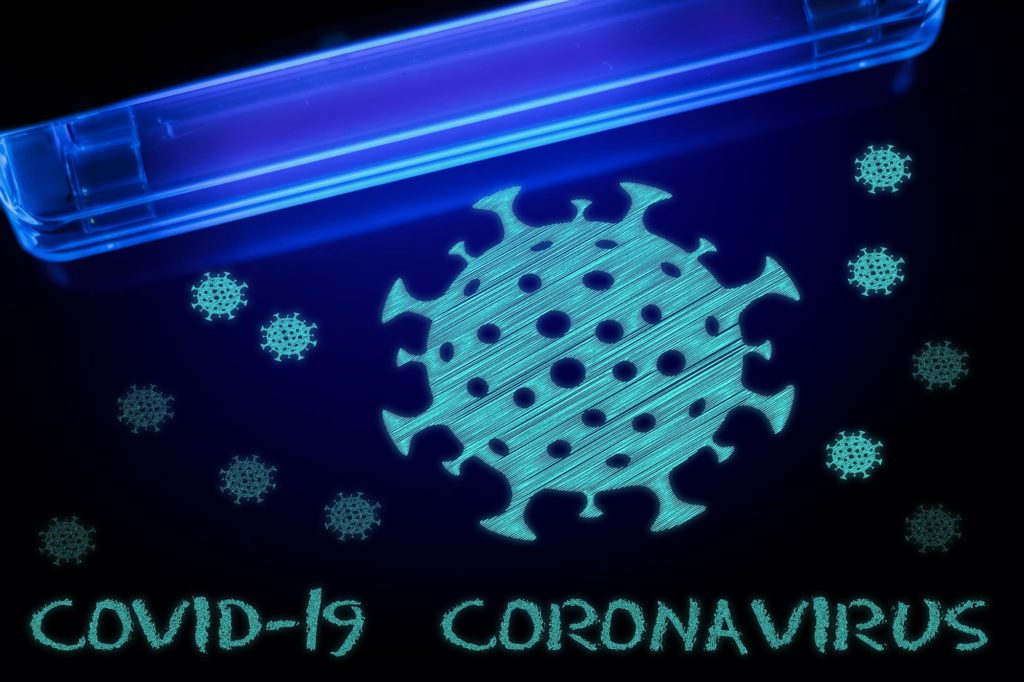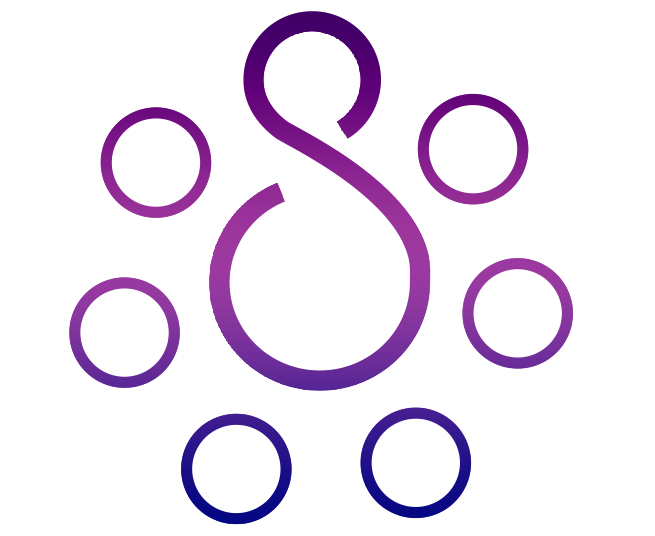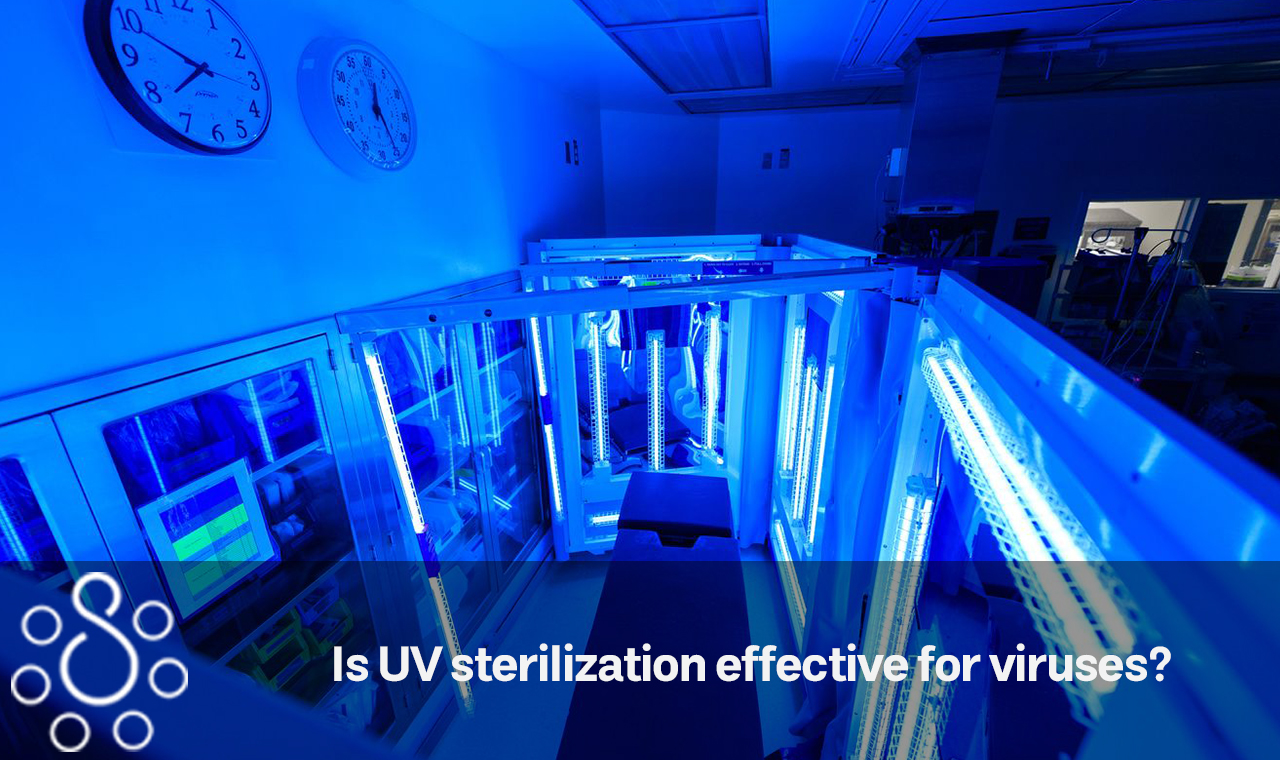Find out whether UV light can destroy coronavirus before waving a portable wand around your house. After months of hand-washing, social distance, and mask-wearing, the coronavirus looks to be here to stay in the U.S. Since you can only control your behaviors and surroundings during this terrifying experience, it’s no surprise you—and everyone else—are cleaning obsessively. If you didn’t stock up on Clorox and disinfection wipes in March, you’ve probably mastered Google to discover answers to queries like “does steam kill viruses?” and “is vinegar a disinfectant?” Your investigation may have led you to ultraviolet (UV) light to destroy bacteria. The FDA has employed UV light for decades to limit the spread of tuberculosis-causing germs (FDA). It kills COVID-19 germs, right? Not really. Find out whether UV light can reduce coronavirus transmission and what to know about UV light items (lamps, wands, etc.) on social media. Follow us to know if UV sterilization is effective for viruses or not.
Does Ultraviolet (UV) Light Kill Germs and Viruses?
The first time we learned about the disinfecting capabilities of UV-C light (ultraviolet light with a wavelength between 200 and 280 nanometers; this is the same type of light that causes sunburn and skin-cell mutation in humans), we were speaking with certified sex coach Gigi Engle about the best rabbit and bullet vibrators that are available to purchase online. She removes any germs that can cause yeast infections or bacterial vaginosis from her sex toys by putting them in a bag that is sterilized with ultraviolet light. She claims that using UV light is far more practical than using soap and water.
She advises that before putting away your toys, you should clean them and then place them in the bag. After that, you are finished. Because of this, we couldn’t help but wonder: if UV sterilization is effective for viruses more than soap in cleaning sex toys, what other things might it possibly be used to clean? In order to get this information, we spoke with five different medical experts (and one Strategist staffer who swears by her UV-light-blasting water bottle). “UV light, the type used in most common devices on the market to clean household objects, has been shown to be effective in laboratory studies at killing bacteria on computer screens, toothbrushes, and other objects,” says Eric Lee, a physician based in St. Louis. “UV light is the type used in most common devices on the market to clean household objects.” It has also been established that it has an effect on viruses that is comparable to the effect that it has on bacteria.
Microbiologist and senior editor at Big Think Alex Berezow, who has written on the subject, asserts that “UV radiation is harmful to bacteria and viruses because of its high frequency that scrambles and disrupts their nuclear material.” When it does harm to the DNA (or RNA) coding of these diseases, it also generates deadly mutations that prohibit them from replicating in an appropriate manner. As we all take precautions to avoid unwanted coronavirus exposure, we questioned whether or not the already available technology was efficient in combating the virus. According to Dr. Aaron Glatt, who is the chair of medicine at Mount Sinai South Nassau and a spokeswoman for the Infectious Diseases Society of America, “There really isn’t enough data to indicate whether or not [UV light devices] are a successful weapon against COVID-19,” However, according to Berezow, given that “UV light destroys everything,” including bacteria, fungi, and viruses, it should also be able to eradicate coronavirus.
Related Article: How to use a UV sterilizer box
What is known for certain is that it is effective against other viruses, including the influenza virus. Following their guidance, we were able to locate a number of products that make use of UV radiation to eradicate a wide variety of harmful bacteria and viruses, ranging from MRSA to E. coli. So, we can believe that UV sterilization is effective for viruses. One of them is a robot that emits ultraviolet light and can practically zap operating rooms clean of any and all infectious agents. Another example is Boeing’s development of a huge UV laser wand that may be used to disinfect the cabins of aircraft. Outside of these industrial applications, there are portable UV sanitizing boxes, wands, and water bottles that promise to destroy 99.9% of germs and viruses on a variety of different surfaces, including mobile phones, toothbrushes, pacifiers, and many more.
is a list of the greatest that may be found online that we were able to locate. It is important to note that even though none of them have been shown to be effective against the coronavirus, a number of them have undergone rigorous testing in a third-party lab to back up their claims. And just in case you were wondering, no part of your body, including your skin, should ever be exposed to UV radiation. This includes the eyes. When utilizing a device that emits UV light to clean surfaces or items, it is important to remember not to gaze directly at the light source.
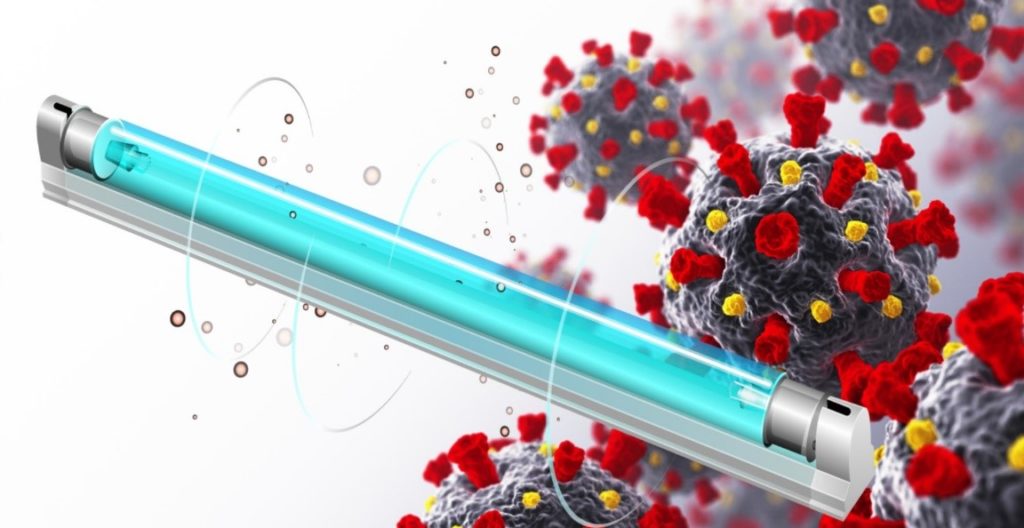
But first, what exactly is ultraviolet (UV) light?
UV light is electromagnetic radiation delivered in waves or particles at varied wavelengths and frequencies, says Jim Malley, Ph.D., a civil and environmental engineering professor at the University of New Hampshire. These are the EM spectrum’s properties. UV light is unhealthy. According to the FDA, sunlight is the main source of ultraviolet (UV) radiation. Sunlight emits UVA, UVB, and UVC. UVA and UVB rays are well-known for causing sunburns and skin cancer. Even inside, UV rays may damage your skin. According to the FDA, UVC rays are inhibited from reaching Earth’s surface by the ozone layer. UVC, with the shortest wavelength and most energy of all UV rays, disinfects air, water, and nonporous surfaces. UVC has the shortest wavelength of all UV light. Malley says UVC is most essential when addressing UV radiation’s disinfecting properties. When UVC light is emitted at certain wavelengths and for specific amounts of time, it may damage bacteria and viruses’ DNA or RNA, inhibiting their ability to replicate and cause normal cellular functions to break down.
This is according to a UCHealth Highlands Ranch Hospital study. The FDA says UVC photons from artificial sources may cause eye and skin burns similar to UVA and UVB rays, but the FDA says these injuries “usually heal within a week” and the risk of skin cancer is “very low.” To be sure that if UV sterilization is effective for viruses or not, UV light disinfection must regulate many factors. First, the rays must match the virus’s wavelength. Malley says 200-300 nm is “germicidal,” and 260 nm is the most effective. This varies by creature. In addition, they require the right dose, which is UV intensity multiplied by contact duration.
“Depending on the conditions, the goods being cleaned, and the intended degree of disinfection, the acceptable UV dose may vary from 2 to 200 mJ/cm2,” the paper says. Malley says it’s also crucial to make sure nothing blocks the UVC light’s route to the target. “UV disinfection is a line-of-sight technology; hence, surfaces that are “shaded or protected” will not be cleansed,” the business states. Malley argues UV disinfection isn’t one-size-fits-all. Yes, it’s complex. This is only one reason why academic and industry experts are unsure how effective it can be against coronavirus, if at all.
Related Article: Are UV sanitizers effective? What You Should Know Before Making One
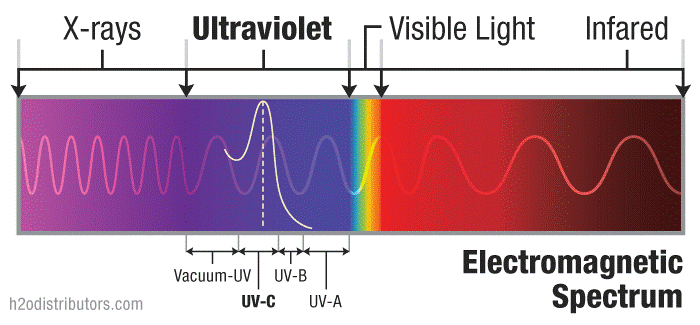
UV light for COVID-19
UV sterilization is effective for viruses especially SARS-CoV-1 and MERS, near cousins of SARS-CoV-2, the COVID-19 virus. Several research, including publications referenced by the FDA, have revealed that UVC radiation may be useful against SARS-CoV-2. FDA says there’s little evidence on the wavelength, dosage, and duration of UVC radiation needed to inactivate SARS-CoV-2. More study is required before UVC light can be securely recommended as a coronavirus killer. UV lights are commonly utilized for sterilization in the healthcare sector.
One: UVC rays reduce the spread of superbugs like staph by 30%. Chris Barty, a physicist and distinguished professor of physics and astronomy at UC Irvine, says several hospitals utilize a UVC-emitting robot roughly the size of a dorm room refrigerator to disinfect whole rooms. After people leave a space, the gadget emits UV rays, self-adjusting to the room’s size and factors (e.g. shadows, hard-to-reach spots) to administer the light for as long as it considers required. This might take 4-5 minutes for small areas like restrooms or 15-25 minutes for bigger rooms, according to Tru-D. (In addition to manual cleaning using EPA-approved disinfectants.) Medical establishments employ UVC cabinets with doors to disinfect iPads, phones, and stethoscopes.
Others have put UVC devices in air ducts to disinfect recirculated air, adds Olson, which makes reasonable given that COVID-19 spreads by aerosol particles. These medical-grade gadgets are too costly and need sufficient training for individual usage, says Malley. But if you’ve researched COVID-19 disinfectants, you know that at-home UV devices and gizmos are entering the market at breakneck speed, all of which claim to sanitize from the comfort of your house.
related article: What Is a Toothbrush Sanitizer?
